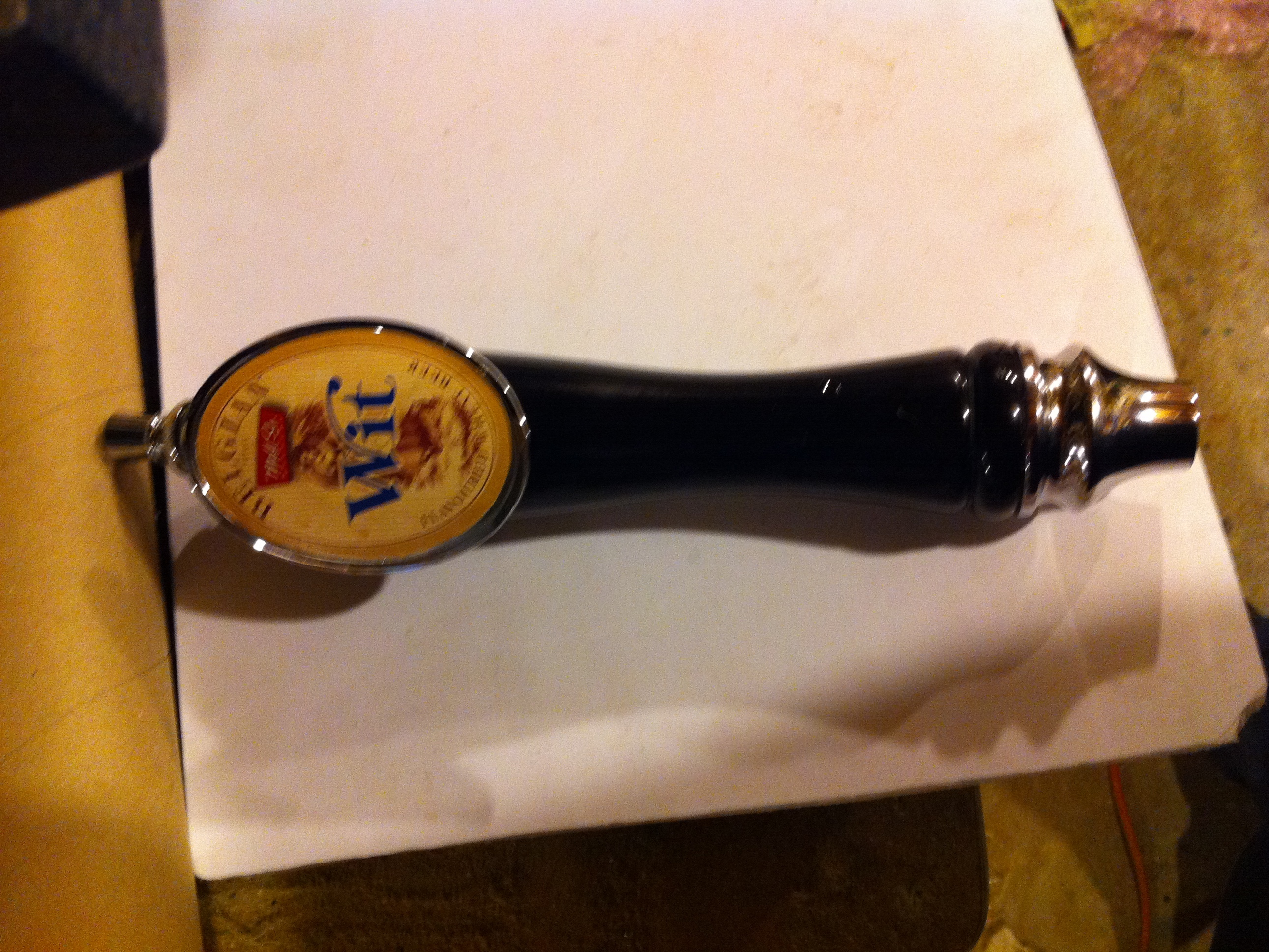Beer tap handles; is there anything cooler? Probably, but they’re still pretty awesome. What’s more awesome is to stick your favourite beer tap handle on your car’s shifter. Your friends will be impressed, your beer will thank you, and cops will love it. All this can be yours with a little elbow grease and around $20. Obviously the first step is to get a beer tap handle. But where? Well, as my good friend and barkeep Hadley pointed out, beer companies are tripping over themselves trying to hand out these handles with each bar keg they sell. Chances are your local watering hole will have no shortage of handles waiting for you to stick in your car and will probably be more than happy to part with them for free!
This guide will describe how to install one in my car (Suzuki SX4) but you can do this for any car whose shifter doesn’t have a button on it. The size of the shifter shaft might be different as well so you’ll have to investigate your car.
Here’s what you’ll need:
- Tap handle
- 8mm drill bit (that can go through metal)
- 1/2″ wood-boring drill bit
- 4″ M8 bolt
- M8 nut
- 2 M8 lock nuts
- Metal-bonding epoxy putty
- Regular liquid epoxy
- Drill press (not essential but will make things a bit easier)
- Clamps and a pipe wrench are also handy






























